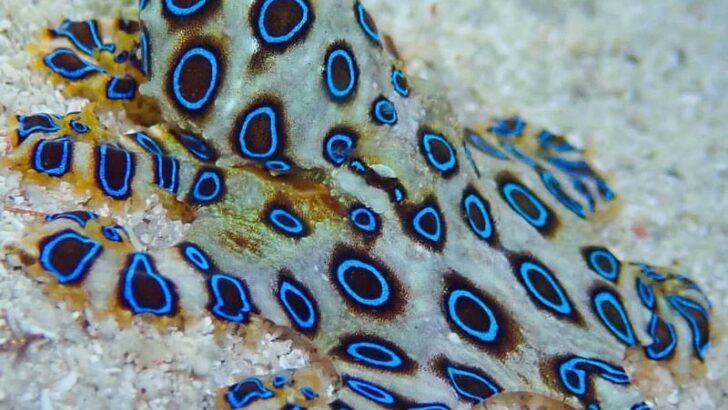The deep sea is home to creatures so terrifying, they could make your worst nightmares seem tame. Far beyond the iconic jaws of sharks, the ocean hides monsters that would send even the bravest diver into a panic. These aren’t just your average fish—these are apex predators, hunters, and survivors that redefine the meaning of fear.
From venomous predators that strike with lightning speed to ghostly hunters that lurk in the abyss, the ocean is a place where danger doesn’t just swim, it thrives. These creatures have evolved in ways that make them as fascinating as they are frightening.
So, buckle up and get ready to meet the 16 most terrifying creatures lurking beneath the waves. Sharks are just the beginning of this underwater nightmare.
Giant Squid
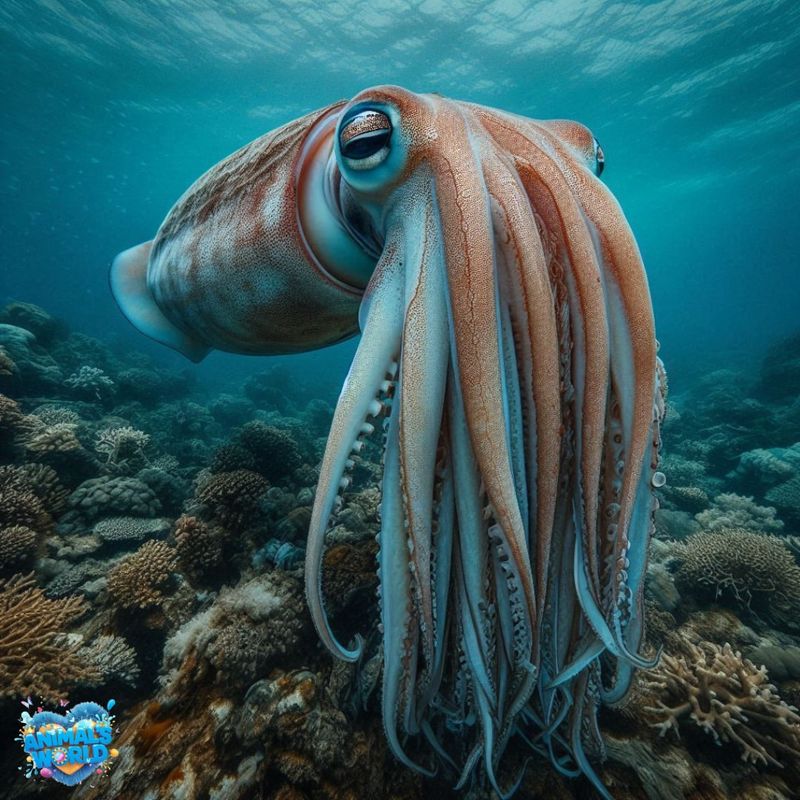
The giant squid, a true leviathan of the sea, can measure up to 43 feet in length. Imagine encountering this massive being with eyes the size of dinner plates. Its long, sinewy tentacles are lined with serrated suckers capable of incredible strength.
Found in the deep ocean, this elusive creature is rarely seen but leaves behind scars on whales who survive their encounters. Its mysterious nature and colossal size make it a subject of fascination and fear alike.
With each haunting sighting, it solidifies its position as a creature of legends.
Anglerfish
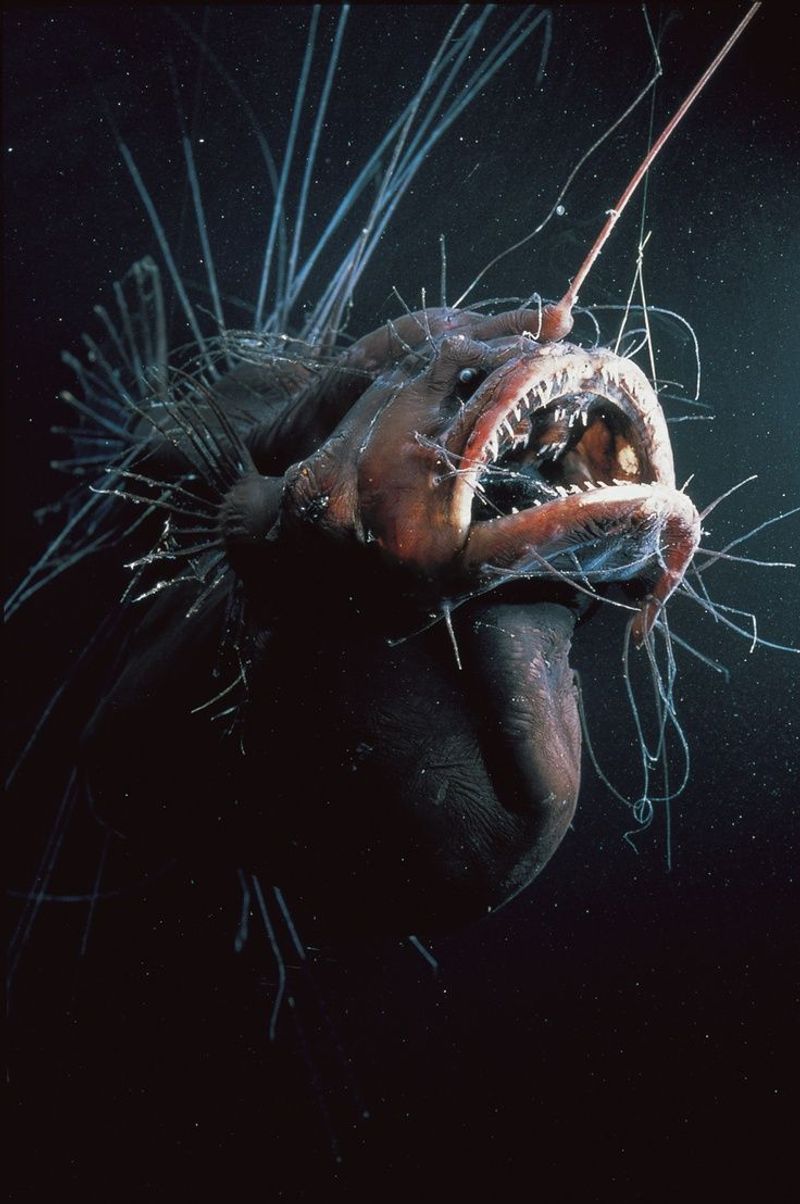
Lurking in the abyssal depths, the anglerfish uses its bioluminescent lure to attract unsuspecting prey. Its grotesque appearance, with sharp teeth and a gaping maw, is enough to send chills down anyone’s spine.
This creature exemplifies the harsh adaptations of deep-sea life. Females are particularly fierce, carrying the characteristic glowing bait on their heads, which serves both as a tool for hunting and a signal for mates.
Though small, the anglerfish’s haunting look and predatory efficiency make it a formidable presence in the deep ocean.
Goblin Shark
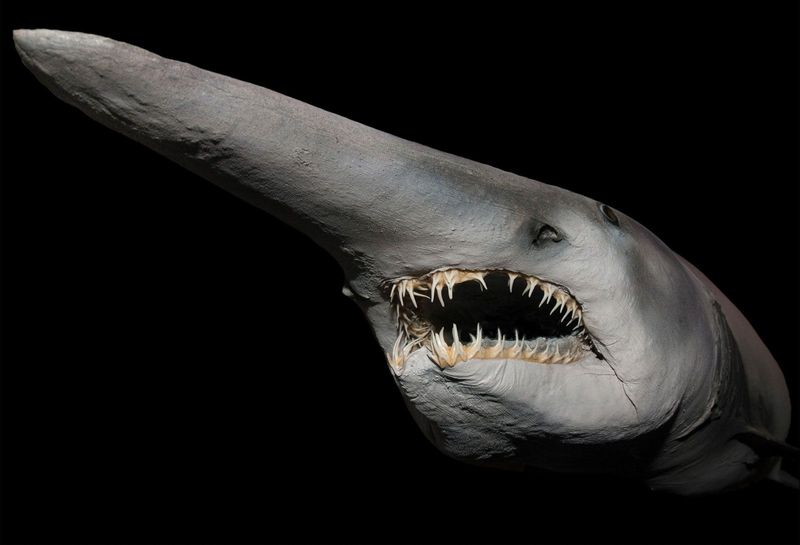
The goblin shark, with its elongated snout and nail-like teeth, is a living fossil from a prehistoric era. Its pinkish skin and retractable jaws make it look alien compared to other marine creatures.
Found primarily in deep waters, this shark is rarely seen by humans, adding to its mystery and fearsome reputation. Its ability to extend its jaw forward quickly to catch prey is both fascinating and terrifying.
Though not an aggressive hunter, its peculiar appearance alone places it among the ocean’s most alarming inhabitants.
Stonefish
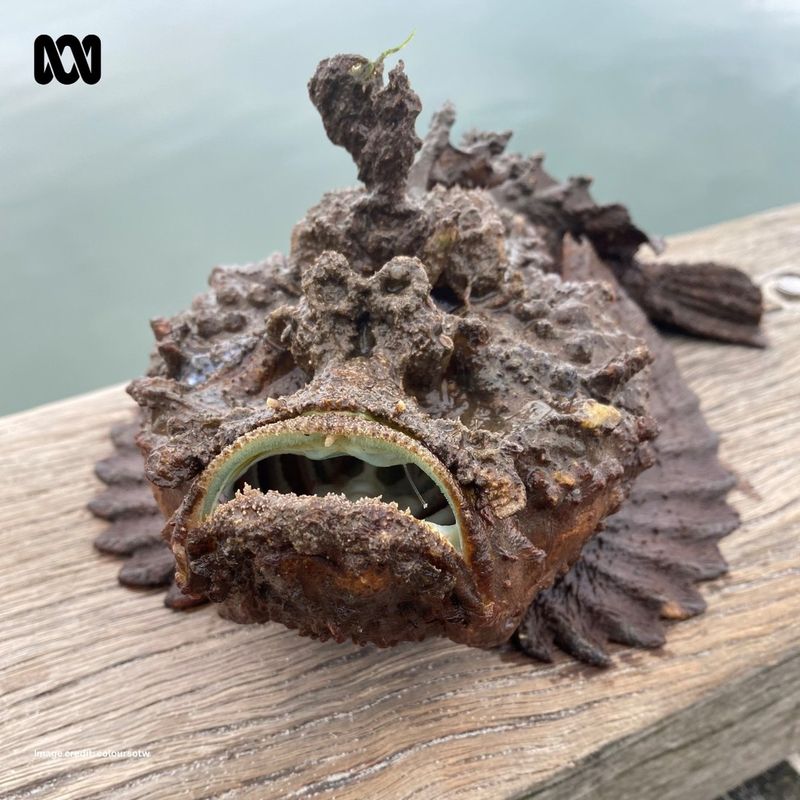
The stonefish is master of disguise, blending perfectly with the rocky ocean floor. Its venomous spines can deliver a sting potent enough to be fatal to humans.
This camouflaged predator waits patiently for its prey, striking with remarkable speed and precision. Often mistaken for a rock, it’s an unseen danger to divers and marine life alike.
Despite its appearance, it holds the title of the world’s most venomous fish, reminding us that the ocean floor hides not only treasure but perilous threats as well.
Blue-Ringed Octopus
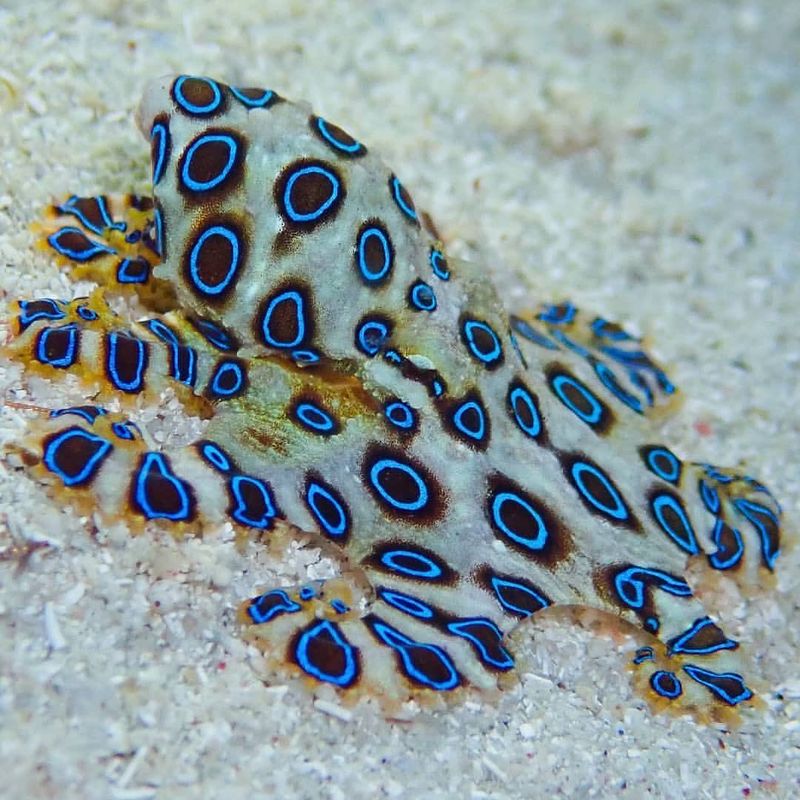
Deceptively beautiful, the blue-ringed octopus is one of the ocean’s deadliest creatures. Its iridescent blue rings serve as a warning to potential threats.
Despite its small size, this octopus packs a powerful punch with venom potent enough to kill humans within minutes. Often found in tide pools and coral reefs, it remains unassuming until disturbed.
Its lethal nature paired with a mesmerizing appearance makes it a symbol of the paradoxical beauty and danger found in marine life.
Vampire Squid
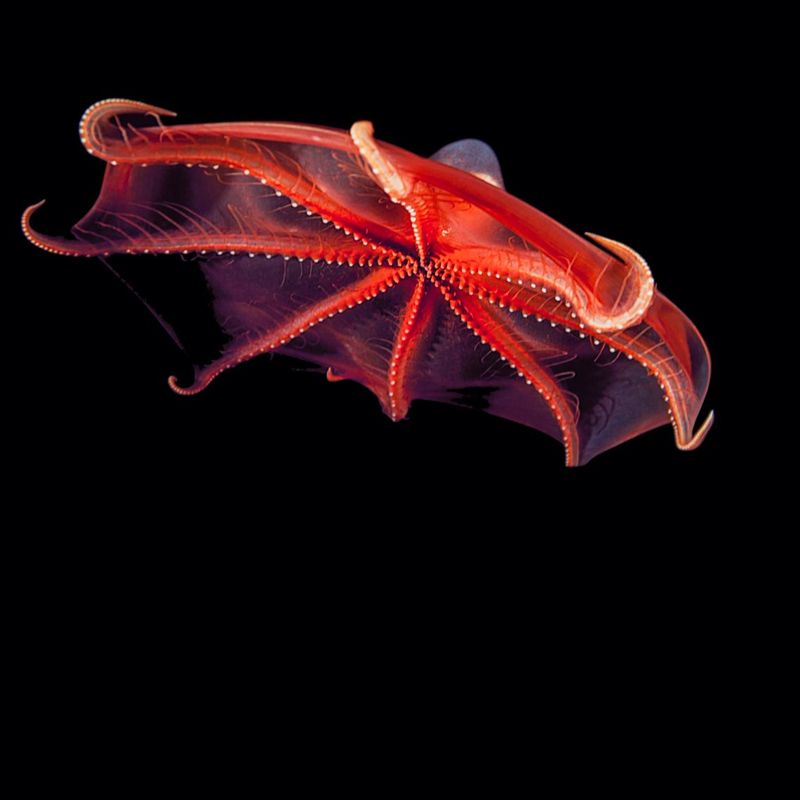
The vampire squid, with its webbed arms and luminescent organs, hails from the dark, oxygen-deprived zones of the ocean. Its appearance is as eerie as its name suggests, with deep red coloration and eyes that can appear blue or red depending on the light.
Unlike its name, it’s more of a scavenger than a predator, feeding on marine snow, which consists of organic debris falling through the water.
Its unique adaptations to the harsh deep-sea environment make it a fascinating subject of study in marine biology.
Frilled Shark
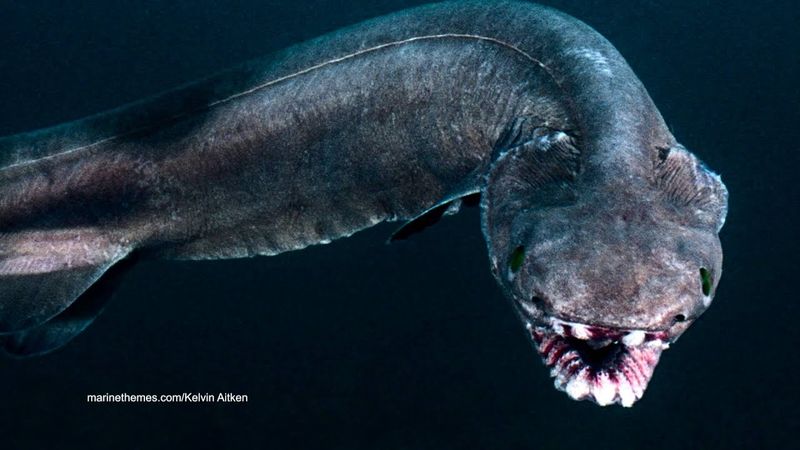
The frilled shark, often likened to a sea serpent, has an elongated, eel-like body and a gaping mouth filled with rows of needle-like teeth. These characteristics give it a prehistoric look, reminiscent of creatures from the deep past.
Found in deep ocean depths, it is a rare sight for humans, which adds to its mystique and the lore surrounding its existence.
Its ability to swallow prey whole is as remarkable as it is unsettling, making it a truly formidable predator in the marine world.
Bobbit Worm
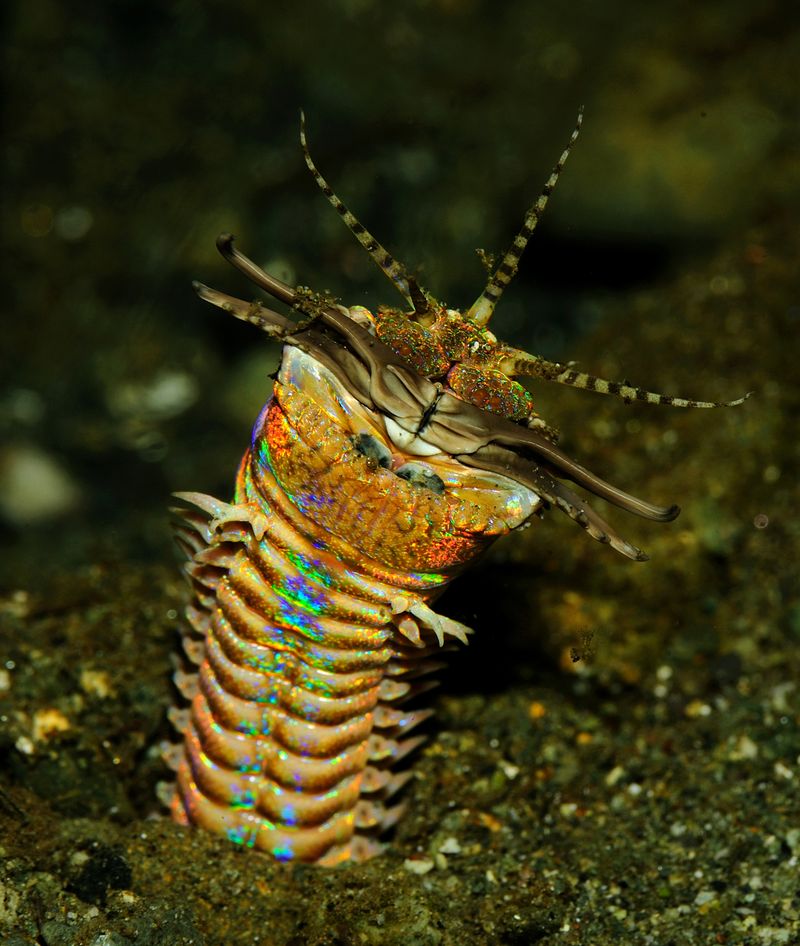
The bobbit worm is a nightmarish predator lurking beneath the ocean floor. With its iridescent, segmented body, it waits patiently for its victims. When prey comes near, it strikes with lightning speed, using its powerful jaws to capture and pull them under.
This ambush predator can grow several meters long, making it an imposing figure among marine invertebrates.
Known for its brutal efficiency and surprising strength, the bobbit worm remains a haunting yet fascinating example of nature’s ingenuity and ferocity.
Fangtooth Fish
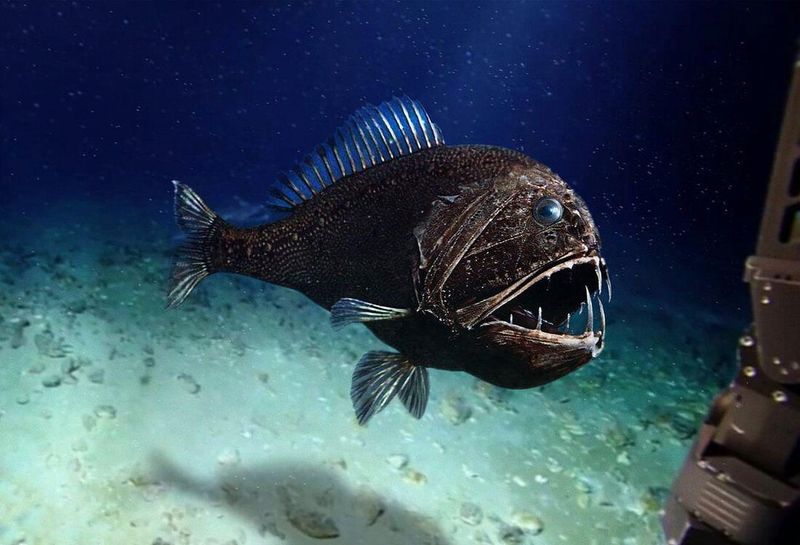
The fangtooth fish, though small, boasts one of the most intimidating sets of teeth relative to its body size. Its enormous, needle-like teeth rival those of far larger predators, allowing it to catch and consume prey with terrifying efficiency.
Found in the deep, dark waters of the ocean, its menacing appearance is offset by its actually quite timid nature.
Despite its fearsome look, the fangtooth is a testament to the strange and surprising adaptations that deep-sea life has evolved to survive.
Lamprey
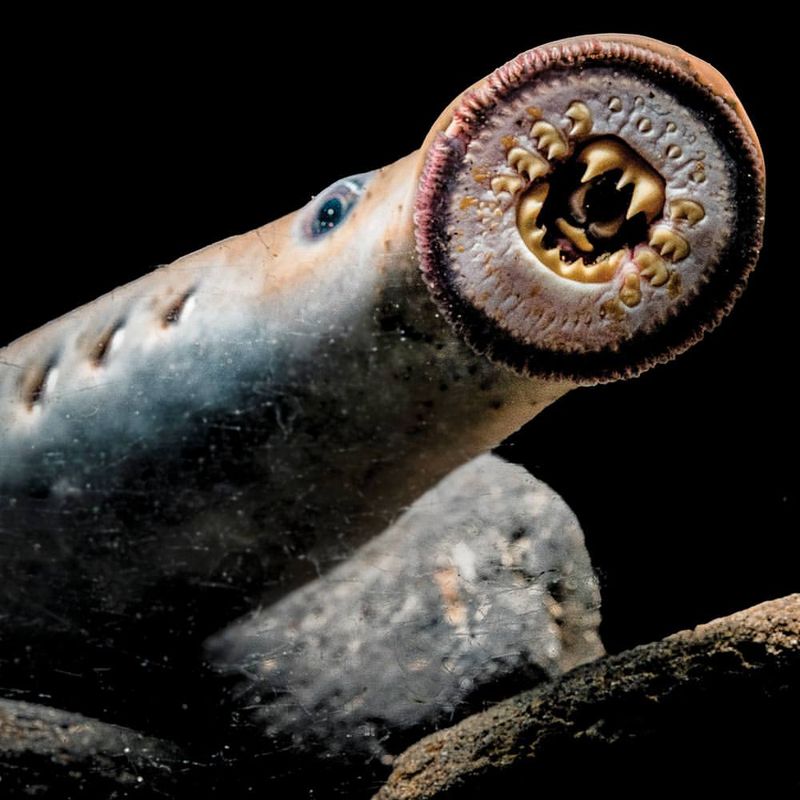
Lampreys are jawless fish, known for their parasitic lifestyle. Their most unsettling feature is their circular, sucker-like mouth filled with rows of sharp teeth.
They attach themselves to other fish, boring into the flesh and feeding on their host’s blood and bodily fluids. While they primarily inhabit freshwater, some species migrate to the sea.
This primitive creature’s survival strategy has remained unchanged for millions of years, making it a living fossil and a disturbing inhabitant of our waterways.
Gulper Eel
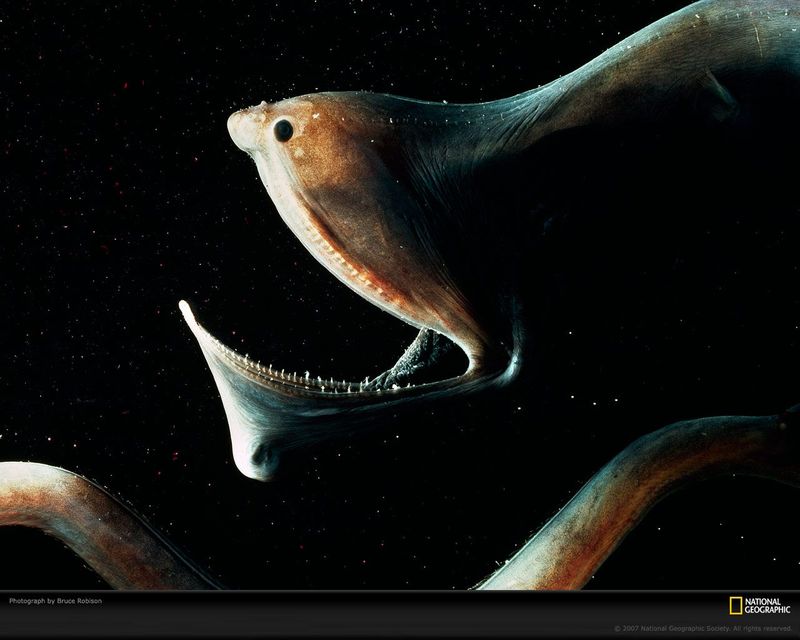
The gulper eel is renowned for its enormous mouth, which can open wide enough to swallow prey much larger than itself. This adaptation is crucial in the deep sea, where food is scarce.
Its long, whip-like tail and bioluminescent organs make it a unique presence in the ocean’s depths. Despite its fearsome appearance, gulper eels are relatively slow-moving creatures.
Their ability to consume large prey in one gulp showcases the extreme adaptations that deep-sea creatures develop to survive in hostile environments.
Stargazer Fish
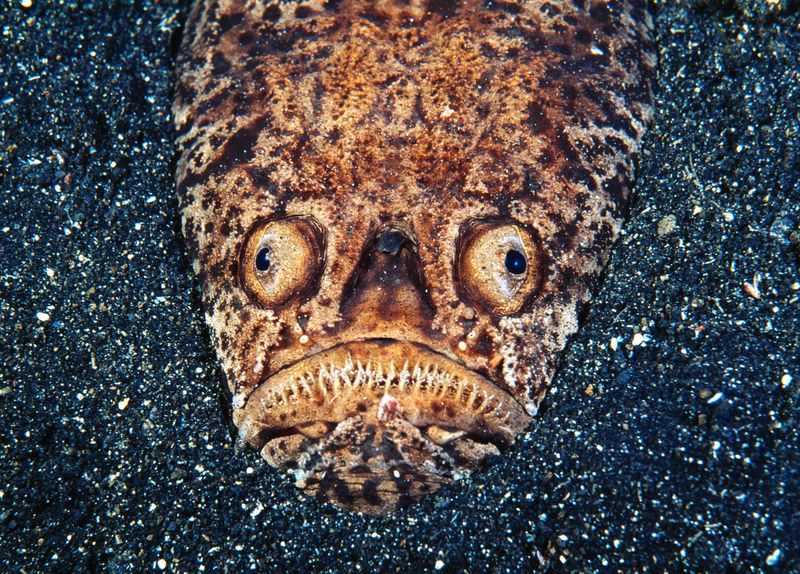
The stargazer fish has an unusual hunting technique. It buries itself in the sand with only its eyes and mouth exposed, waiting to ambush unsuspecting prey.
This fish is not only equipped with venomous spines but can also deliver electric shocks, making it a formidable predator. Its peculiar upward-facing eyes give it its name and a uniquely menacing look.
Despite its odd appearance, the stargazer is a master of ambush, exemplifying the diverse strategies marine creatures evolve to capture prey.
Snakehead Fish
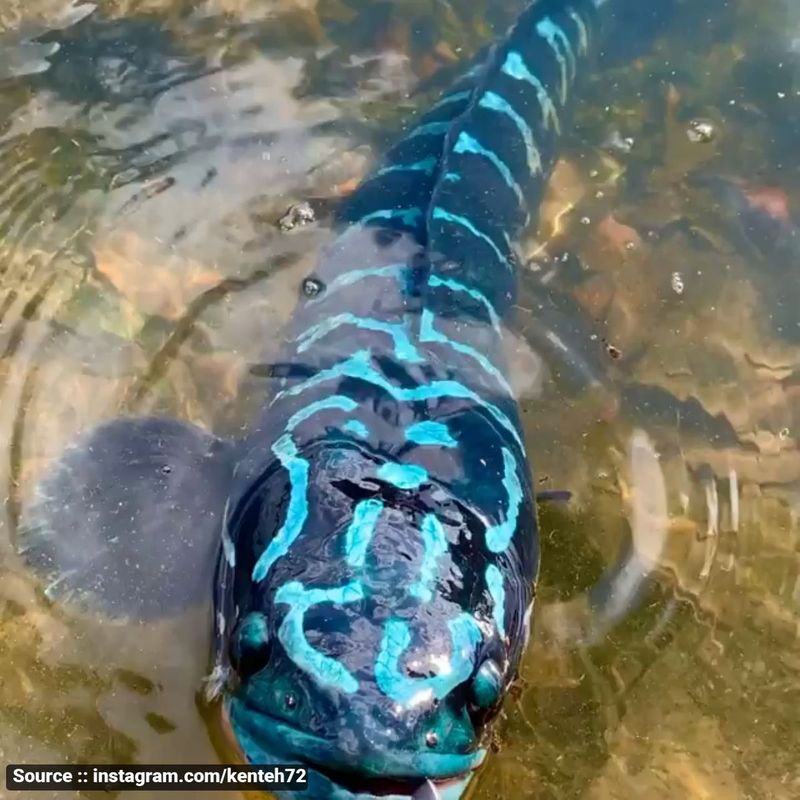
The snakehead fish, often referred to as a voracious predator, is known for its sharp teeth and aggressive nature. It can survive on land for short periods by breathing air, making it a formidable invasive species in many regions.
Its ability to move between bodies of water and predate on a wide variety of aquatic animals makes it a significant threat to local ecosystems.
This adaptability and ferocity have led to its notorious reputation, both as a predator and an ecological menace in freshwater environments.
Giant Isopod
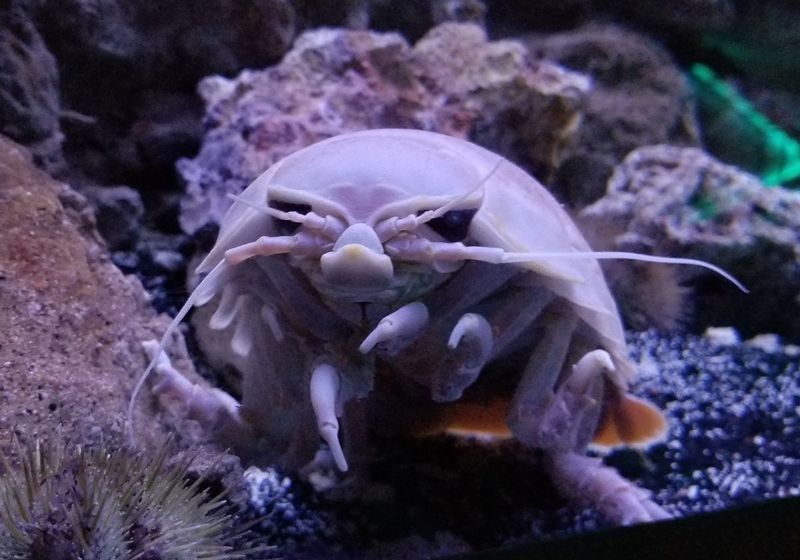
Giant isopods are the ocean’s oversized relatives of the common pillbug, lurking in the cold, deep-sea floors. These crustaceans can reach up to 16 inches in length, offering a bizarre sight with their armored exoskeletons.
As scavengers, they play a crucial role in the marine ecosystem, feeding on the remains of dead fish and other debris.
Their large size, eerie appearance, and role as deep-sea cleaners make them intriguing subjects of study, despite their intimidating looks.
Mantis Shrimp
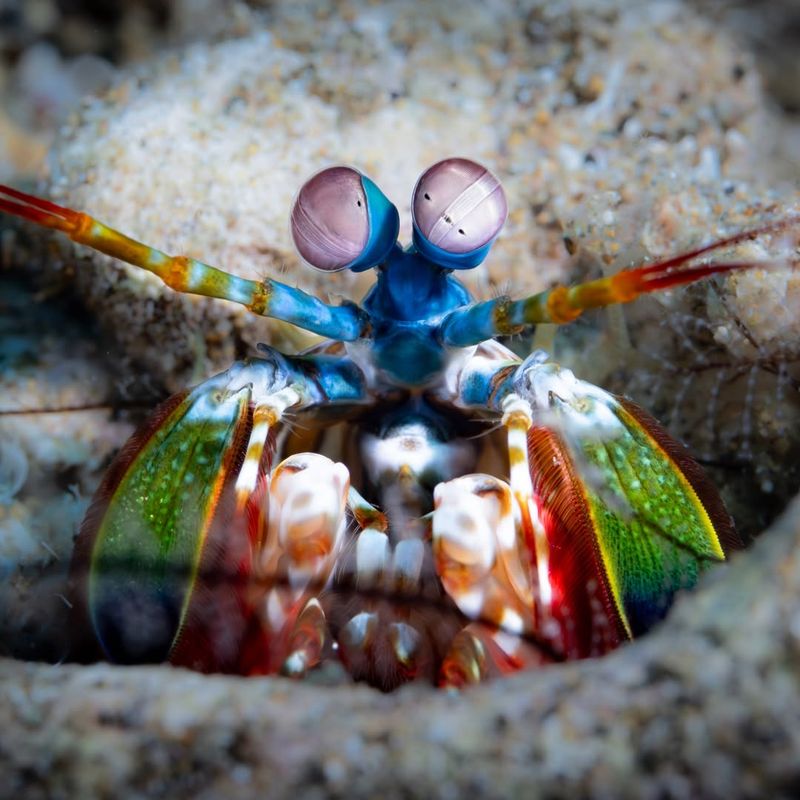
The mantis shrimp, though small, is renowned for its incredible speed and power. Its claws can strike with the force of a bullet, capable of cracking shells and even aquarium glass.
With vibrant colors and complex eyes, the mantis shrimp is as beautiful as it is deadly. This formidable hunter uses its speed to catch prey or defend itself with unparalleled agility.
Despite its size, the mantis shrimp’s lethal efficiency and striking appearance make it a fascinating and intimidating resident of coral reefs.
Box Jellyfish
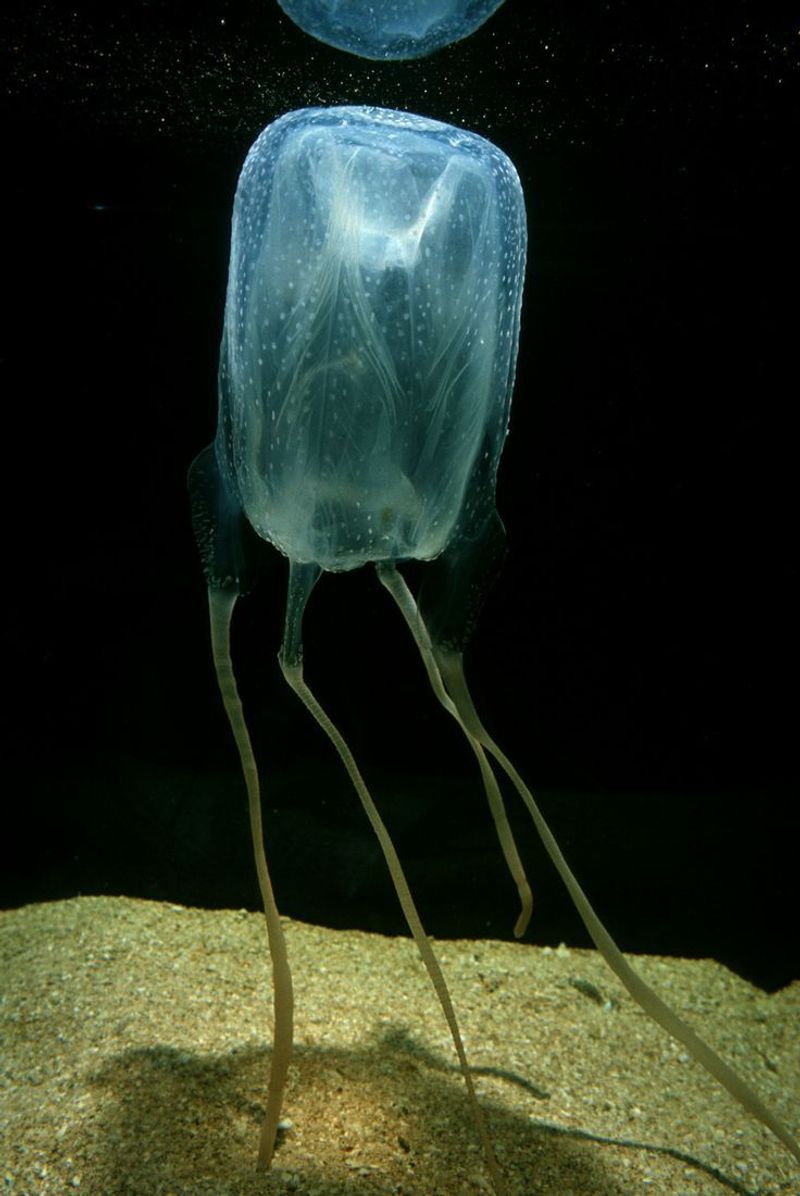
The box jellyfish, often referred to as one of the ocean’s most dangerous creatures, is known for its potent venom. Its transparent body makes it difficult to spot in the water, a silent menace to unsuspecting swimmers.
Its tentacles are lined with stinging cells capable of delivering a painful and sometimes lethal sting. Found primarily in the waters of the Indo-Pacific region, it is both feared and respected.
Despite its delicate appearance, the box jellyfish commands respect as a deadly force within the marine world.

